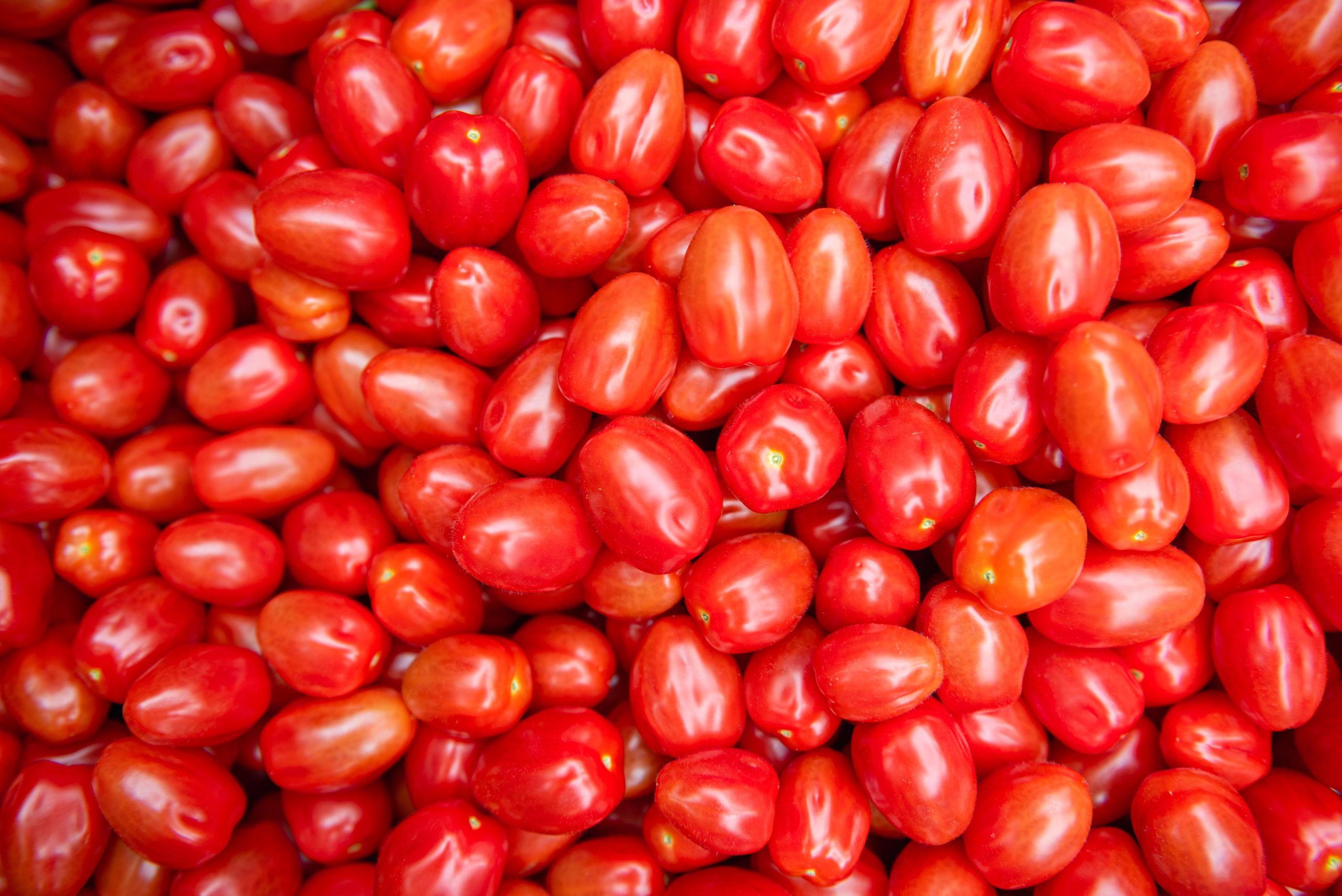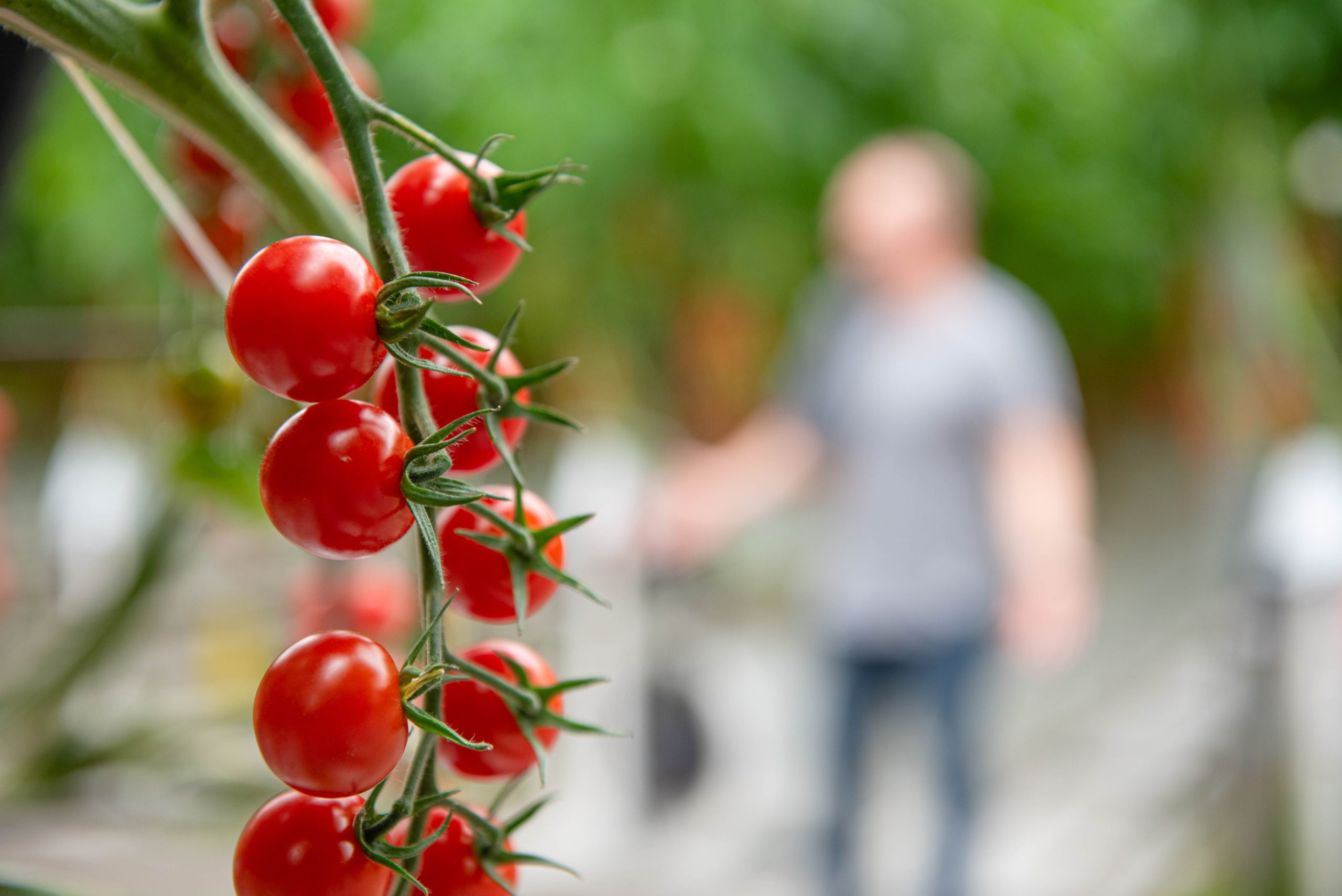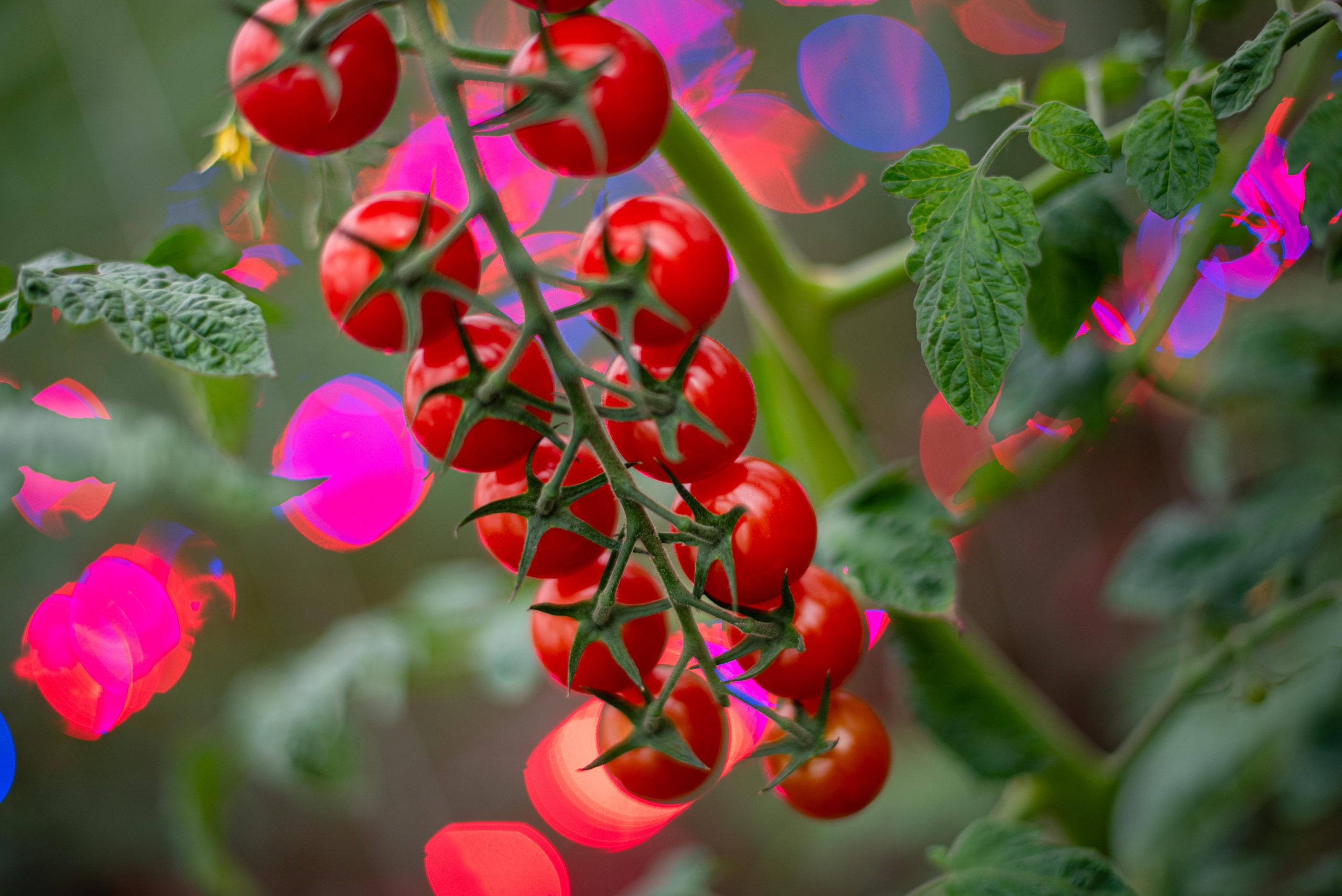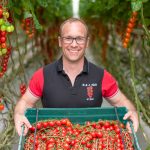As we steadily progress through the new year, we thought that we would share with you an insight into what we do and how we do it to give you, our loyal following, a better understanding of what really happens at R&L Holt…
- Growing
Arguably what we are best known for, growing tomatoes is a huge part of our company as we have focused on growing tomatoes in glass houses since the mid 1980’s.
Up until 2000, we used to grow predominantly ‘classic’ round tomatoes and then we started to trial cherry tomatoes and large vine varieties to expand our produce.
Since then we have seen the increased demand for on the vine varieties over the last 10 years.
In the last five years we have started to grow different coloured varieties ranging from red, yellow, orange, purple to green, making our greenhouses bright and colourful!
We use hydroponics to grow the crops which are predominantly NFT (Nutrient Film Technique). The plants are suspended on hanging gutters and we manage the plants vertically in a high wire crop. Our most recent glasshouse is 7m tall meaning that there is plenty of space for growth.
- Sustainability
To ensure the eco-friendly growth of our plants, sustainability plays a huge role in what we do at R&L Holt. Wondering how we do this? Keep reading…
We use recycled wood chips in our boilers to provide hot water to heat the glasshouses which are stored in buffer tanks.
Carbon dioxide, a byproduct of an anaerobic digester, is used in the crops to aid with photosynthesis.
Solar panels enable the power to run pumps that irrigate the crops and climate control helps to ensure we are not wasting energy.
Thermal screens keep heat in the glasshouse, but also help to shade the crops during bright weather. Our LED lighting uses up to 40% less electricity than conventional lighting and reduces the requirement to import power. Therefore, we don’t rely on the National Grid supply.
Among our busy schedule growing our tomato plants sustainably, we have made sure that there is still plenty of time for fun…
Additionally, we run a successful football team called ‘Side-shoots FC’ which kicked off (pardon the pun) in 2006.
The team, made up of staff and friends across the sites, plays in a local five-a-side league. We are proud to have regularly won the Premiership over the last 14 years – to the extent that we now need a new trophy cabinet!
We hope that this has given you a better insight into what we do here and how we do it! Happy New Year, we’ll see you next time.
















